Discovering Kosovo
I was traveling virtually to Kosovo, to meet Bekim Ramku, architect, urban designer, curator and critic based in Prishtina. He runs Kosovo Architecture Foundation (KAF) and Prishtina Architecture Week (PAW). Bekim served as a Research Fellow at MIT’s Department of Urban & Spatial Planning in Cambridge, USA.
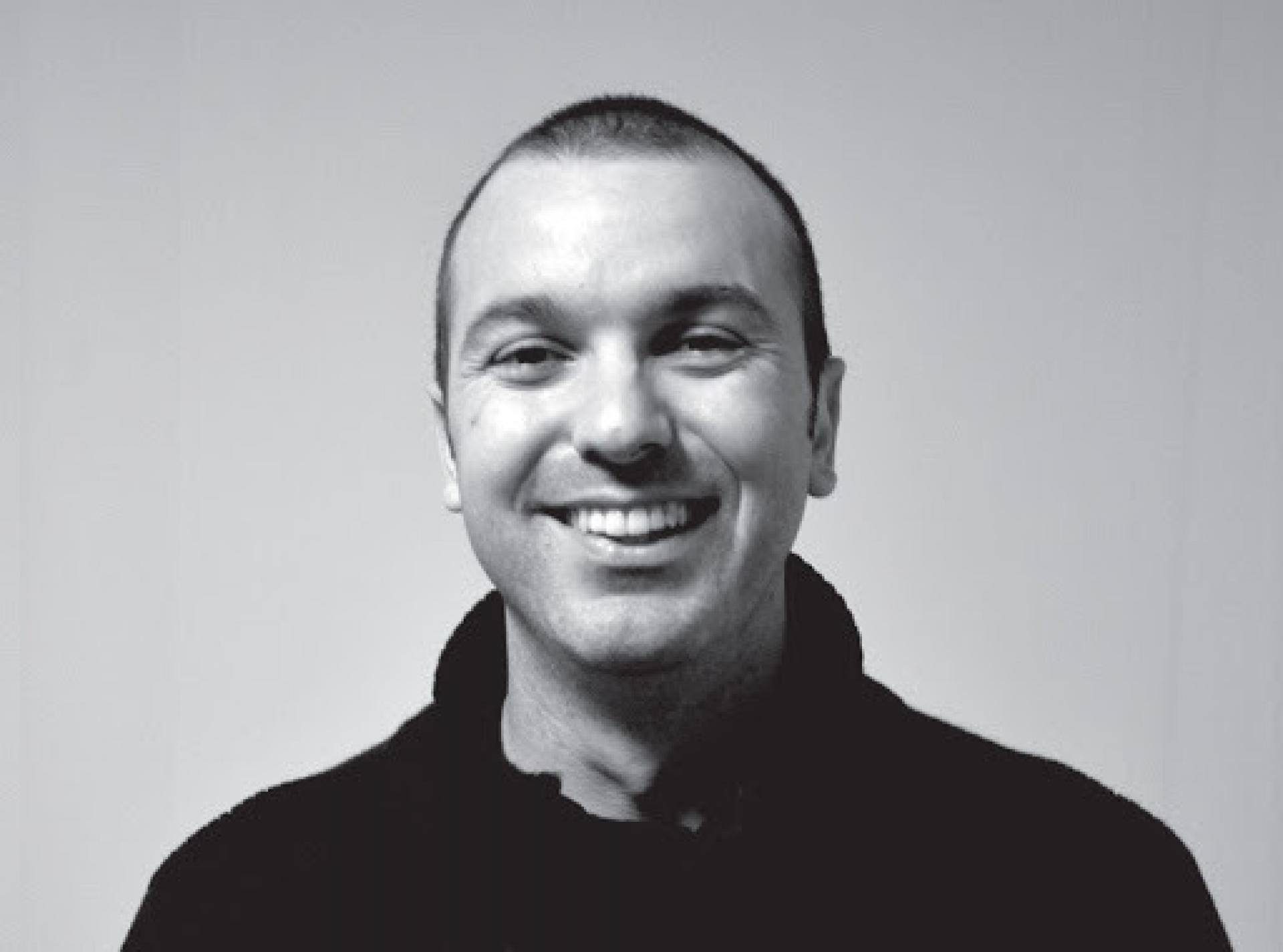
He is also the founding chair of the DoCoMoMo National Chapter in Kosovo and founding member of the Future Architecture Platform. Previously, he served as the Curatorial Advisor to Martino Stierli, the Philip Johnson Head Curator of Architecture and Design at the Museum of Modern Art in New York, and as the Commissioner to the Kosovo Pavilion at the Venice Biennale Architecture Exhibition in 2012 and 2014.

Docomomo Kosovo Workshop in 2017 | Photo © KAF
In 2020 you transfer Kosovo architecture festival online where you created four and a half weeks of program online?
Bekim Ramku: In totally we had 36 presentations with two workshops. Lectures are easier to organise online as there is no need for any special logistics. What you miss is the physical interaction, which we have during the festival in Prishtina. It is of course more difficult for the organisers but it gives a sort of charm that you can’t get via the online festival.
What are the analysis of the festival dissemination from this years edition comparing with the other years?
BR: We have three time more visits than usual number. In our festival we run 40 to 50 activities, meaning lectures, debates, workshops, exhibitions, and we get 5000 followers. This time we got more that 15.000 visitors, which means we received the global reach.
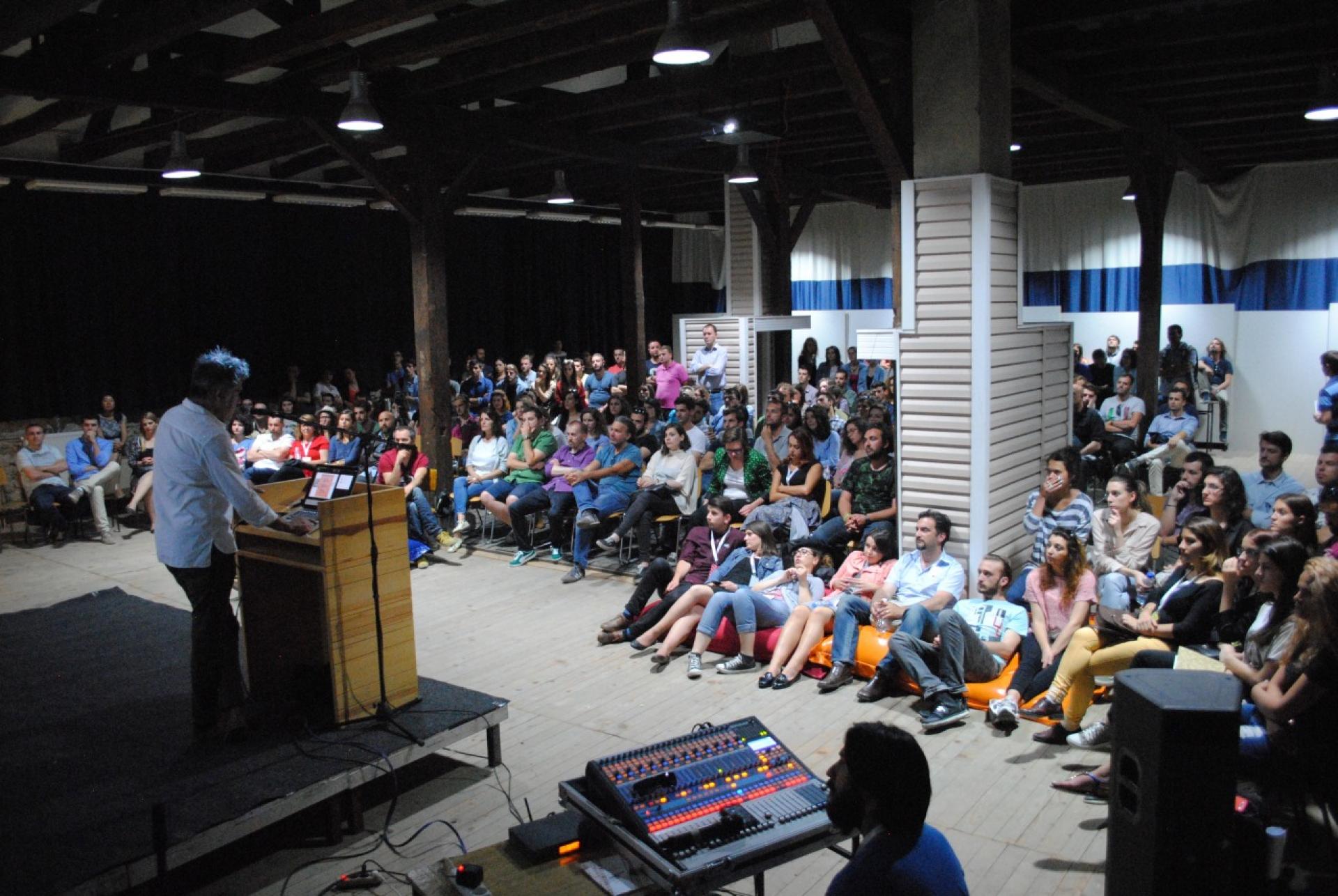
Alejandro Aravena’s lecture on KAF 2015 | Photo © KAF
You are also working at Docomomo Kosovo on the protection of modernism in Kosovo; what was the acceptance of the architecture from Yugoslavia in Kosovo after the MoMA exhibition?
BR: It is difficult as people are still mentally connected with Serbia on the topics of Yugoslavia. Bringing on the topic to protect the Yugoslav architecture is alway controversial here. When I was giving interview before the MoMA exhibition the journalists would ask me to speak about the library and Kosovo architecture and were not so much interested in Yugoslav architecture. You have a lot of people that think it’s kind of provocative topic but also people who understand that Yugoslav is an important architectural period to be protected. Unfortunately people that think that this architecture should be demolished are in majority, particularly in the government. It happened that the appearance of the modernist architecture changed because of such people, like Kosovo Parliament redone in the 1960s by Juraj Neidhardt, the Rilindja Print House by Georgi Konstantinovski, Civil Engineering School in Prishtina and a lot of other buildings in Kosovo. Recently Arber Sadiki, who was part of MoMA exhibition, published a book on Prishtina modernism.
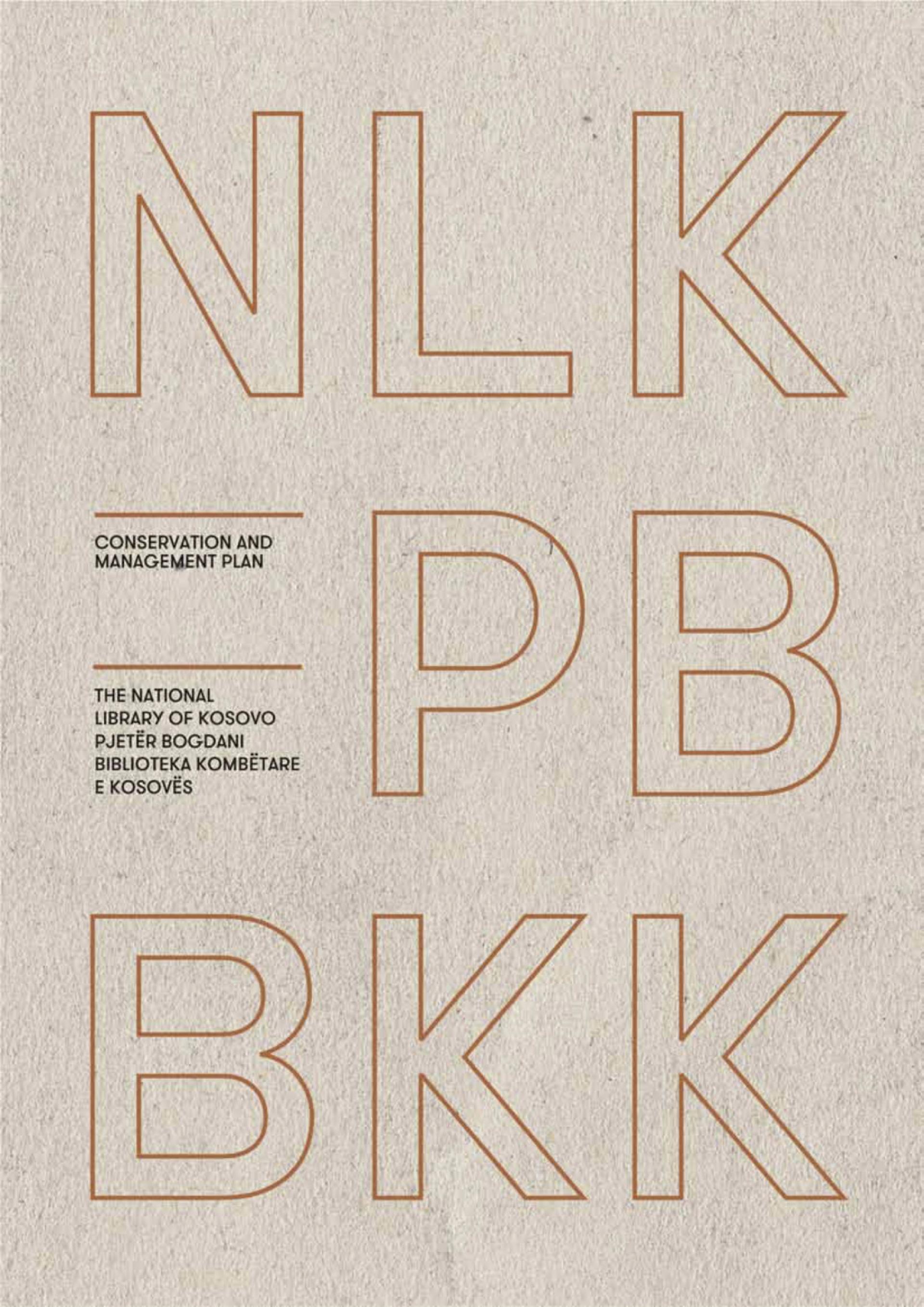
Conservation and management plan for the National Library of Kosovo | Photo © KAF
If I am not wrong you succeed to list the National Library in Prishtina on the list of protected heritage of Getty Foundation?
BR: In 2016 we were fortunate enough to do a project on the National Library with the Getty Foundation Keep it Modern Grant. We did the conservation management plan and a Dossier to enlist the building on the permanent list. It it still on the temporary list because we have this strange body called Kosovo Council for Cultural Heritage, which is dysfunctional several years but it decide who gets on the permanent list. We were told by the administers that we deliver the most complete Dossier they ever saw and it will probably be the first building in Kosovo on the permanent list.
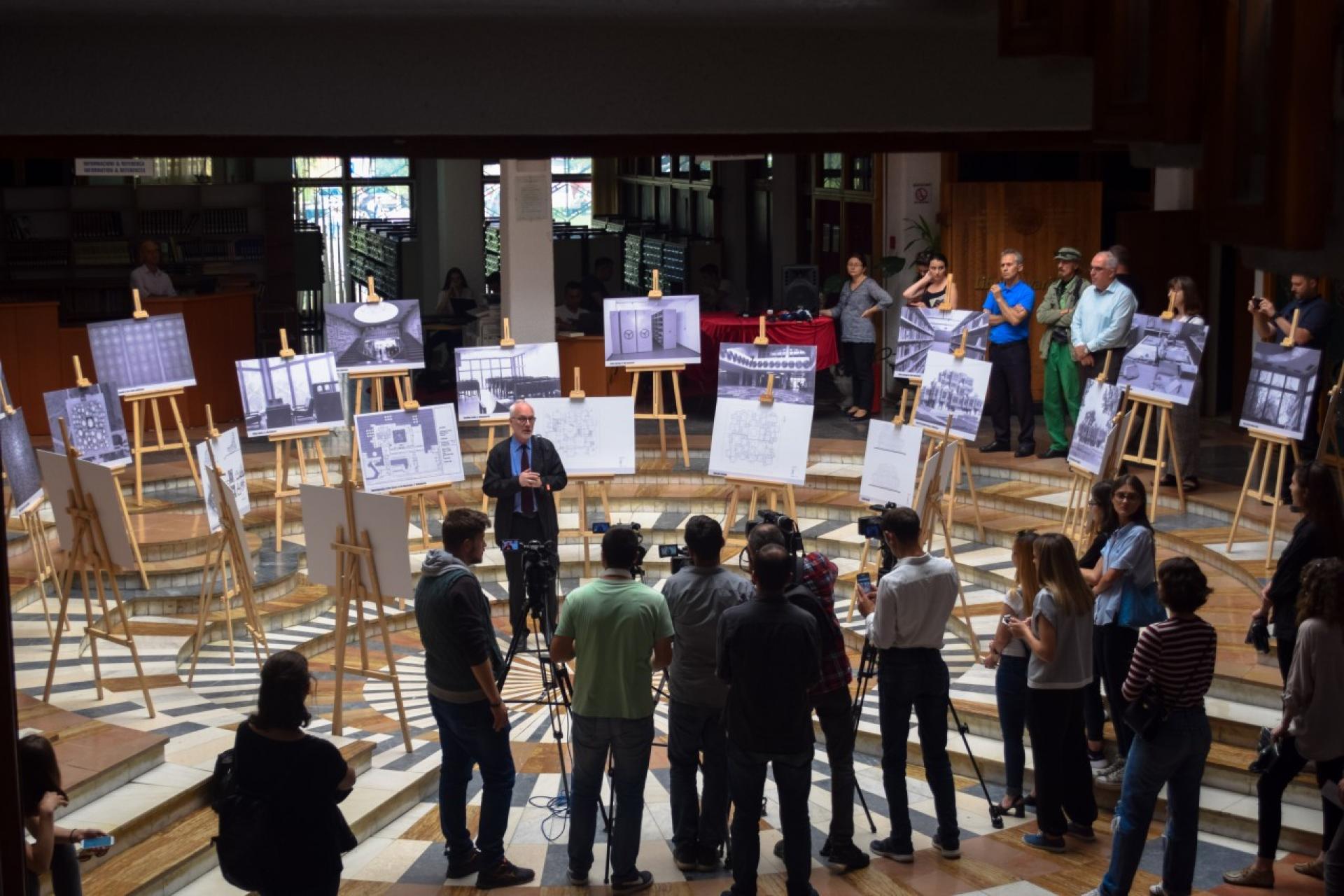
Antoine Wilmering opening the Getty exhibition KAF 2018 | Photo © KAF
What about the presentation of the monument of the National Liberation Struggle in Yugoslavia?
BR: The one from Bogdanović in Mitrovica is still ok, there was a beautiful monument in Pec made from bronze, which has just disappeared. They made an awful abstract park. In Prishtina there was a sculpture of Boro and Ramiz and the Boro’s head was taken off. There is a joke saying can you return it because that’s head is Ramiz’, the other guy is Boro, you mixed them up. In Kosovo polje is also a beautiful monument, which is still not demolished. It is really difficult to protect them, we send a long list of monuments and buildings, we would like to enlist on the temporary list, but there is not enough information or value to protect them. It also depend on who is in the ministry of culture, then monuments for partisans will probably not be on this list.

Opening the Aga Khan Award for Architecture 2016 exhibition at Epoka University, Tirana | Photo © KAF
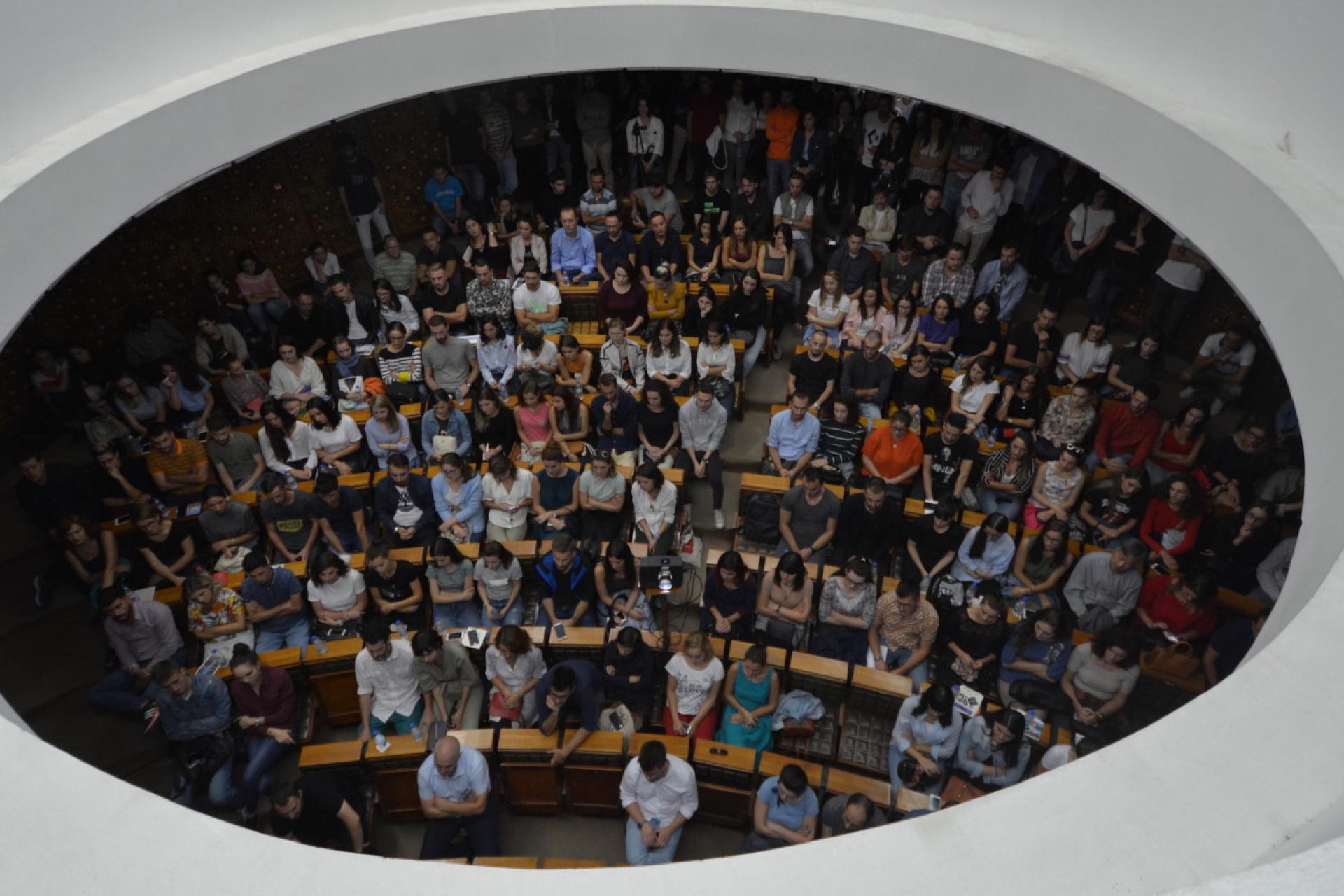
David Basulto lecture on KAF 2018 | Photo © KAF
You mentioned that is quite difficult to present anything with the predisposition of Yugoslavia in Prishtina; would maybe help to transfer the idea of solidarity and unity in the sense of today’s Europe in the context of new togetherness?
BR: It is difficult to get support from public institutions because they would always comment “fine, good for you, but find the money somewhere else”. Even when we produced the modernistic map of Prishtina there were problems with the modernistic ones as the authors were mostly Serbian. We were therefore turned down and not funded as we shall present more Albanian architectures. The modernist map of Prishtina was so funded by the French Embassy.
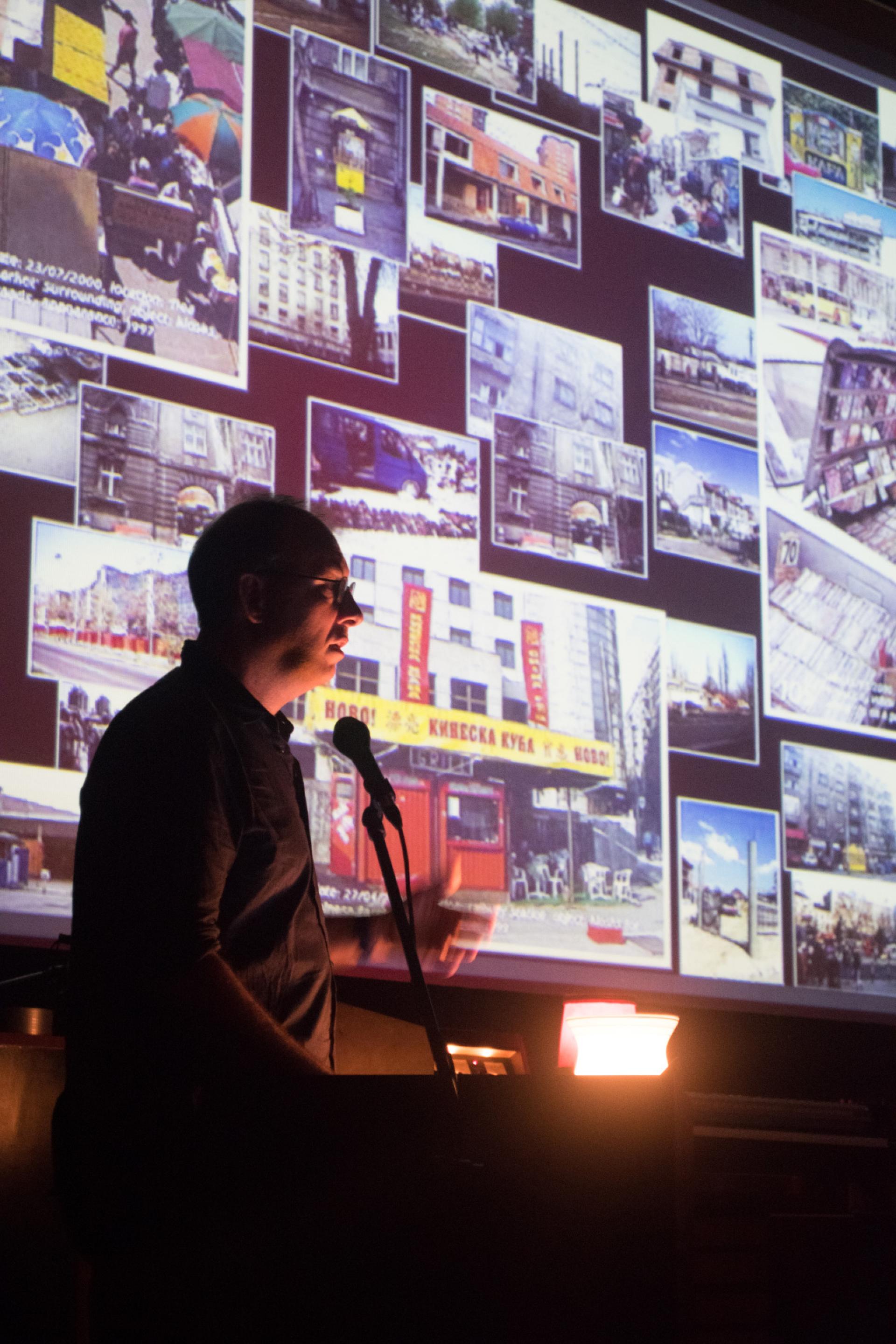
Ivan Kucina lecture at KAF 2018 | Photo © KAF
You are also a Founding Member of the Future Architecture platform, what did it bring to KAF?
BR: Future Architecture brought a lot to KAF! We were in a difficult position when we joined. It helped KAF financially and we brought interesting people to Kosovo. People that apply to FA are pioneers in the architecture field. We for example invited people from Bartlett that are doing video games urbanism, we did a workshop with Architecture for refugees in Roma neighbourhood and many others. We presented all these people to local students with tools and methodologies that are not introduced in schools, so it is a kind of alternative education for them.
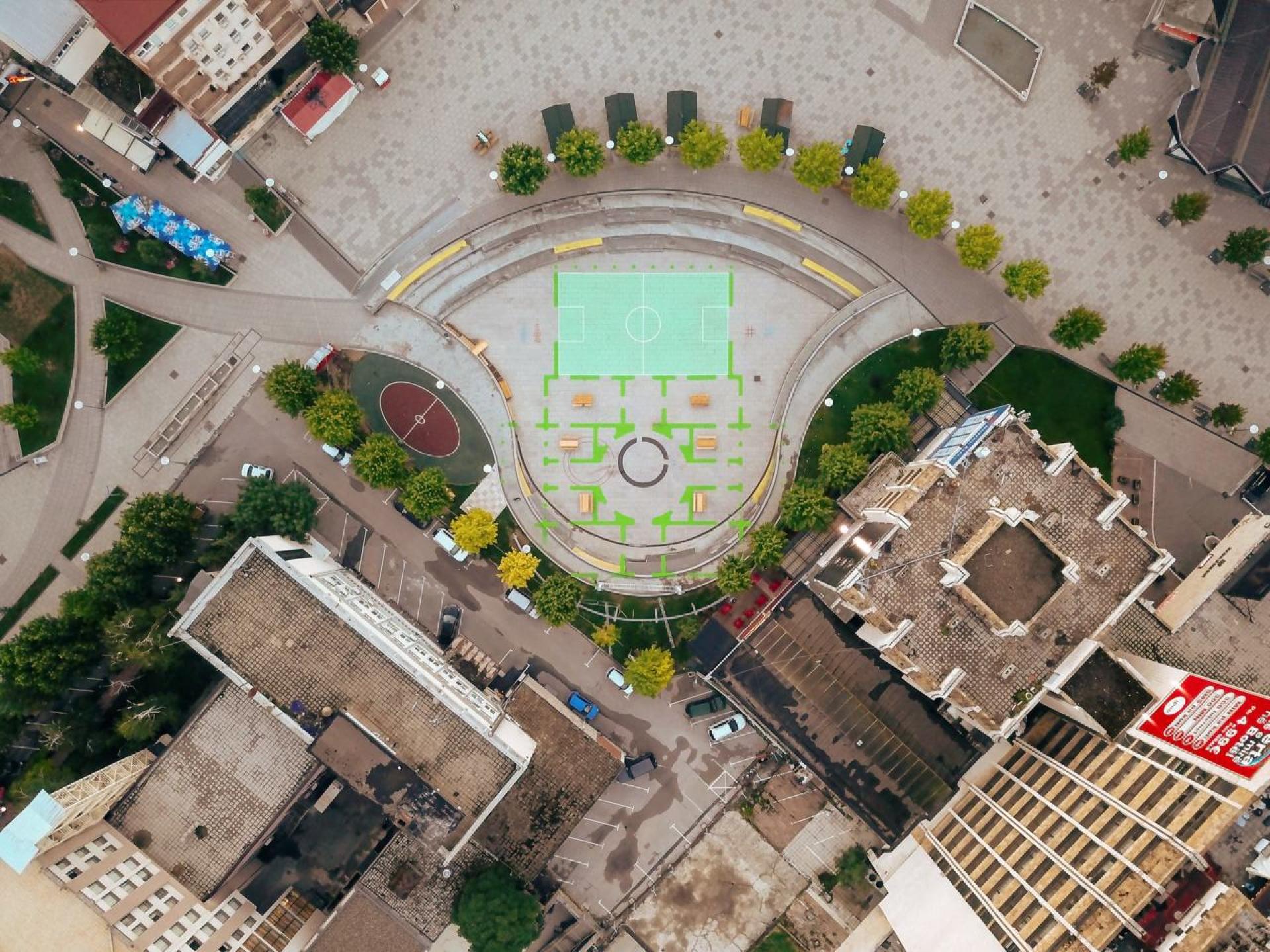
Babau Bureau Workshop Vila Rotonda KAF 2018 | Photo © KAF
Was is your personal experience on global scale, with MoMA in New York?
BR: It was interesting as an initiative as I meet Martino Stierli just few months before he was named a new head curator at MoMA as his partner is from Kosovo and they came to visit Kosovo. We did architecture tours and Martino said he would love to do an exhibition about Yugoslavia. Few months later I got an email from him as an official invitation for working on the exhibition asking help to introduce him to the people from the region, to Vladimir Kulić, Matevž Čelik, Maroje Mrduljaš and others. Of course MoMA is a powerful organisation and institution, they gathered original drawings, models and plans. At the end there was this conflict of interest regarding the original material, should it be kept in MoMA or return back. On Matevž initiative we did the letter where we asked for the material to be returned back to the host institutions. I could say that Balkans network is much more collaborative than the global one. For us is always important to invite people from the region and show that Kosovo in different as they imagine it.

The National Library Pristhina at the MoMA exhibition in New York, 2018 | Photo © KAF